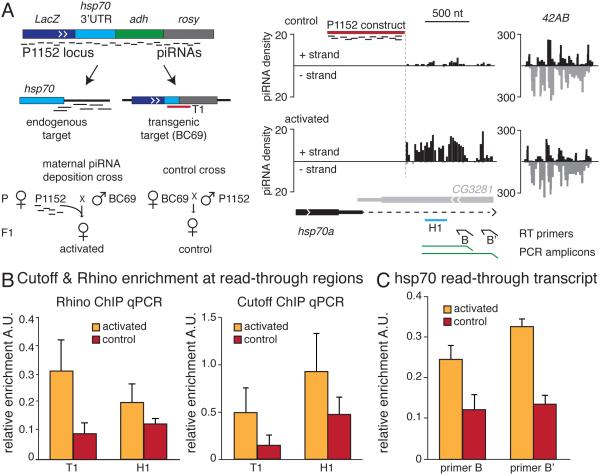Fig. 3. Exposure of target locus to homologous piRNA enhances read-through transcription.
(A) Exposure to maternally inherited homologous piRNAs activates piRNA biogenesis. The insertion of the P{lArB} construct in a subtelomeric piRNA cluster in P1152 strain produces abundant piRNAs that target homologous loci, the lacZ-containing BC69 transgene and the endogenous hsp70 locus, in trans. piRNA biogenesis from target loci is activated if inducer is inherited from the mother (‘activated’ progeny), but not in control flies produced by the reciprocal cross. The right panel shows the density of piRNAs at the endogenous hsp70 locus in the ovaries of activated and control progenies compared to 42AB cluster.
(B) Rhi and Cuff associate with target loci exposed to homologous piRNA. Binding of Rhi and Cuff to chromatin of the BC69 transgene (T1) and the hsp70 locus (H1) was measured in ovaries of activated and control progenies by ChIP-qPCR using amplicons shown in (A). Error bars represent standard deviations of six technical replicates.
(C) Activation of primary piRNA biogenesis on the hsp70 locus is associated with increased read-through transcription as measured by strand-specific RT-qPCR using primers shown in panel A. Error bars represent the standard deviations of three biological replicates. See also Figure S3.

